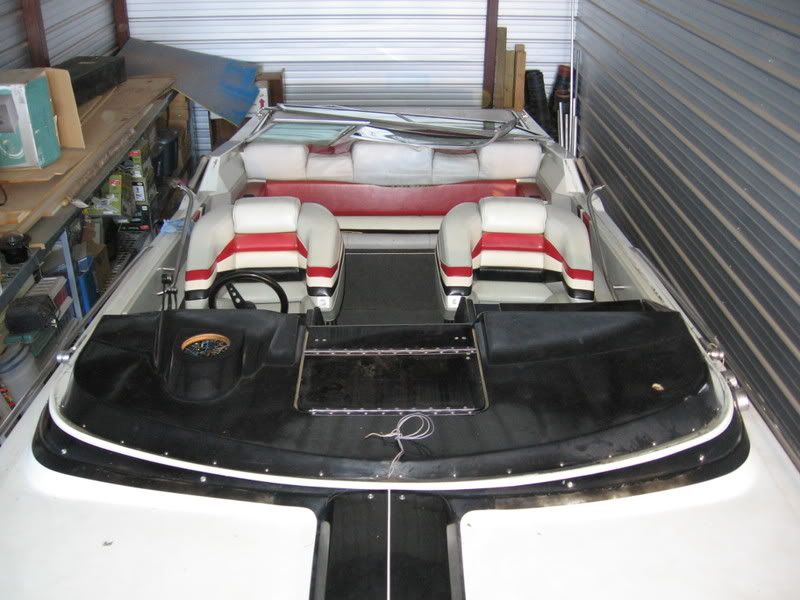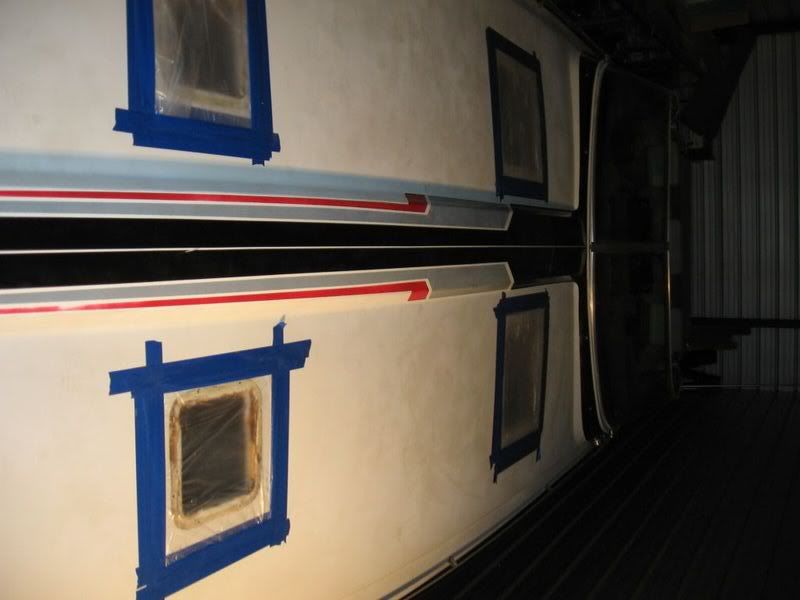nickao
Member
- Joined
- Feb 24, 2008
- Messages
- 4,617
Oh yeah you can get adapters anywhere. To make it most comfortable I would reduce the 4" to a 1 1/2" hose for about 8 or 10 feet before you hook it into the sander.
SO you basically need 10 feet of the 1 1/2 inch hose and 1 adapter to get the 4" to the 1 1/2 and 1 adapter for the 1 1/2" hose to connect to the sander.
This is not mandatory but trying to move the sander around with a 2 " hose is uncomfortable let alone a 4" hose.
Actually you can go as small as 1 1/4" inch hose and that is a real easy vac hose to move around as you work.
Unless you have the Festool anti static vac you do not need to buy all those expensive festool hose adapters. I have purchased plenty of adapters from Fein and off Amazon for much less money.
I definitely would not go bigger than 2" hose becasue it is so hard to move the sander around. Here is a pic I have posted before that shown my 2" hose going to a router with a little 1 1/4" opening. The adapter was 4.99. You can see that adapter can be fit from 1" to a full 2" from a 2 " hose. But that big yellow hose it to much IMHO for the sander to move around comfortably.
SO you basically need 10 feet of the 1 1/2 inch hose and 1 adapter to get the 4" to the 1 1/2 and 1 adapter for the 1 1/2" hose to connect to the sander.
This is not mandatory but trying to move the sander around with a 2 " hose is uncomfortable let alone a 4" hose.
Actually you can go as small as 1 1/4" inch hose and that is a real easy vac hose to move around as you work.
Unless you have the Festool anti static vac you do not need to buy all those expensive festool hose adapters. I have purchased plenty of adapters from Fein and off Amazon for much less money.
I definitely would not go bigger than 2" hose becasue it is so hard to move the sander around. Here is a pic I have posted before that shown my 2" hose going to a router with a little 1 1/4" opening. The adapter was 4.99. You can see that adapter can be fit from 1" to a full 2" from a 2 " hose. But that big yellow hose it to much IMHO for the sander to move around comfortably.


